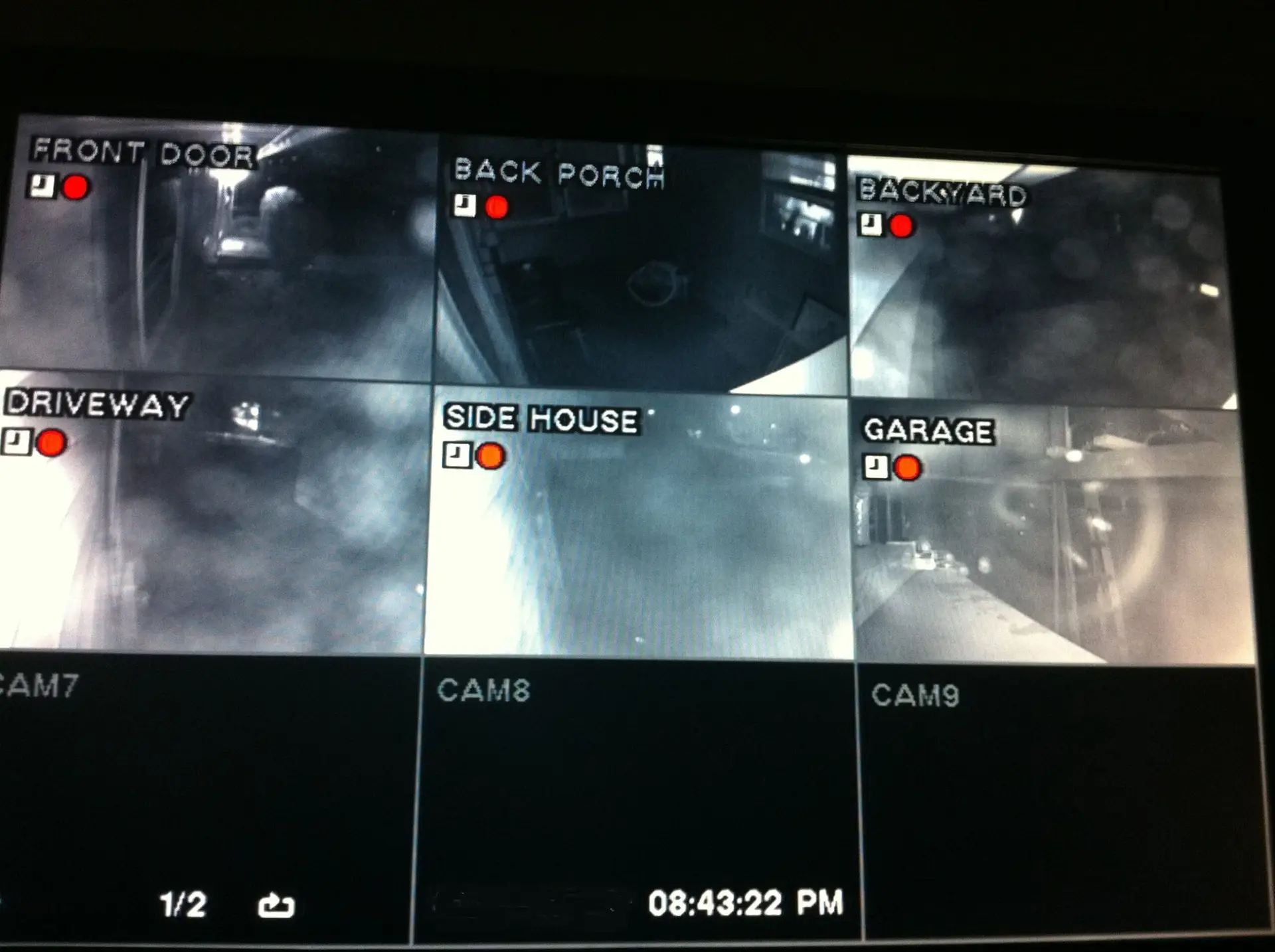Facial recognition technology integrated with CCTV
Facial recognition technology is increasingly being considered by retailers as a potential tool to combat shoplifting and other forms of theft. Let’s delve into this:
What is Facial Recognition CCTV?
Facial recognition CCTV systems utilize advanced algorithms to identify and match faces in real-time or in recorded footage against a database of known faces. This can be used for various purposes, from identifying criminals to tagging friends in social media photos.
How it Works:
- How it Works:
- Detection: Cameras equipped with facial recognition software scan the faces of individuals entering the store.
- Identification: The software matches faces against a database of known shoplifters, criminals, or persons of interest.
- Alerting: If a match is found, store personnel or security can be alerted in real-time.
- Applications in Retail:
- Prevention: By identifying known shoplifters or persons with a history of theft as they enter the store, retailers can take preventive measures.
- Investigation: Helps in collecting evidence in case of theft. If a theft occurs, the footage can be analyzed to identify the thief.
- Integration with Other Systems: Can be combined with inventory systems to detect unusual patterns, like if a large number of items go missing when a particular individual is in the store.
Applications:
- Security and Law Enforcement: These systems can help identify wanted criminals, missing persons, or suspects in ongoing investigations.
- Access Control: In secured facilities or buildings, facial recognition can be used to grant or deny access based on identity.
- Retail and Marketing: Some businesses use facial recognition to analyze customer demographics or to identify VIP customers.
- Airports and Border Control: For passenger screening and to reduce passport fraud.
Benefits:
- Efficiency: Automated identification can be quicker than manual checks.
- Safety: Can help in the quick identification of threats or persons of interest.
- Integration: Can be integrated with other systems, like alerting authorities automatically.
Concerns:
- Privacy: There’s concern over how biometric data is stored and who has access to it.
- Accuracy: False positives can lead to wrongful identification. The technology is also known to have biases, particularly with regard to race and gender.
- Surveillance: There are concerns about creating a “surveillance state” where citizens are constantly monitored.
- Consent: In many cases, individuals are not asked for consent before their facial data is captured and analyzed.
Regulations:
- Many countries and regions are grappling with how to regulate facial recognition technology. Some places have banned or restricted its use, especially in public spaces, while others are still determining the best course of action.
Future:
- As technology advances, the accuracy and applications of facial recognition will expand. However, the ethical and privacy concerns will continue to be at the forefront of discussions about its use.

Recent Posts
Tiandy CCTV Cameras
Introduction to Tiandy CCTV Cameras In today’s world, ensuring the...
Dont Use Inferior Security Equipment
Quality should always be at the forefront of your purchasing...
Choosing The Right Security Company
Choosing the right company for your security installation is vital...



